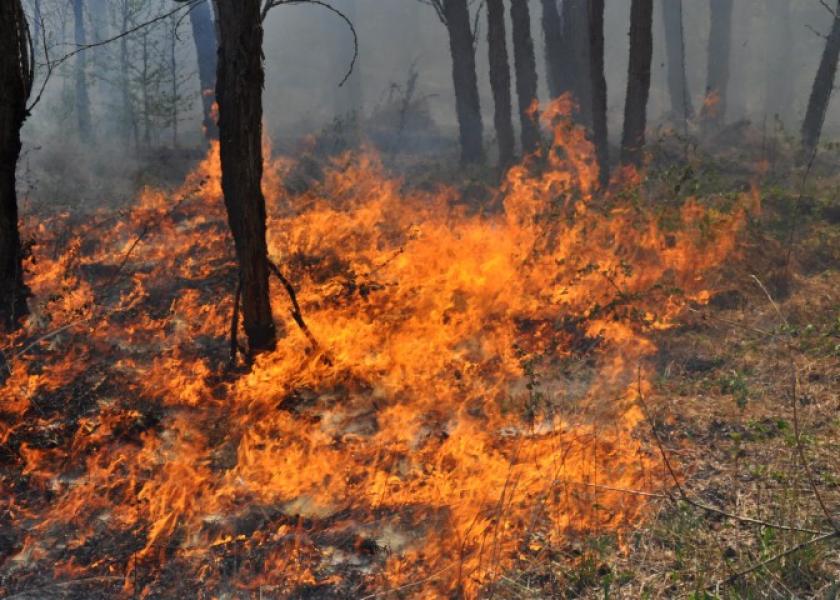Study: Non-native Grass Invasion, Prescribed Fires, Deadly Ecological Combination

Invasive stiltgrass is bad enough by itself, crowding out native plant and insect species in about 25 eastern U.S. states, including Florida. It can also inhibit tree seedling survival and growth, and it can change the availability of nitrogen in the soil.
In general, invasions of non-native plant species can reduce biodiversity and alter ecosystems. In 2013, 1,585 prescribed fires were used to burn about 290,000 acres in eight eastern U.S. states. Scientists have used prescribed fires to effectively control some invasive plants, but new evidence suggests fires may promote stiltgrass invasions.
If land managers perform prescribed fires — normally used to manage ecosystems and prevent wildfires – in stiltgrass-invaded areas, native trees can be killed by the more intense fires caused by burning stiltgrass, said Luke Flory, an assistant professor of ecology at the University of Florida Institute of Food and Agricultural Sciences.
“What we found is that adding fire to stiltgrass-invaded forests results in unusually intense fires,” said Flory, who led the new study. “The fire is going to be so hot and burn so hot for so long, it’s going to kill a large proportion of tree seedlings.”
The study, published this week in the Journal of Applied Ecology, marks the first empirical evidence that fires in stiltgrass-invaded areas suppress the regeneration of trees, including economically and ecologically important oak species, Flory said.
Stiltgrass is native to Asia and was introduced to the U.S. in the early 1900s. It’s now in more than half the U.S., largely east of the Mississippi River, including areas of the Florida Panhandle. Once it invades, it often takes years to eradicate.
“This is one more reason why stiltgrass is a major issue in the eastern U.S.,” Flory said.
While a doctoral student at Indiana University, Flory led a separate study to investigate how native species responded to stiltgrass removal. Then, as a postdoctoral research associate at IU from 2008-2010, Flory’s research team conducted prescribed fires on the 50,000-acre Big Oaks National Wildlife Refuge in southeastern Indiana.
They found that prescribed fires in invaded areas were much more intense – with taller flames and much hotter fires – often reaching more than 500 degrees Fahrenheit. Those more intense fires killed tree seedlings and encouraged the spread of stiltgrass.
Armed with this new information, what should forest and land managers do?
To encourage tree seedling regeneration in eastern forests and to slow stiltgrass from spreading, Flory and his team recommend forest managers remove invasions before applying prescribed fires or avoid using prescribed burns in habitats invaded by the non-native grass.
Source: University of Florida







